At the crossroads of art, architecture and design, the environments proposed at the exhibition are three-dimensional and immersive works. They are activated thanks to the interaction of the audience and completed by human presence.
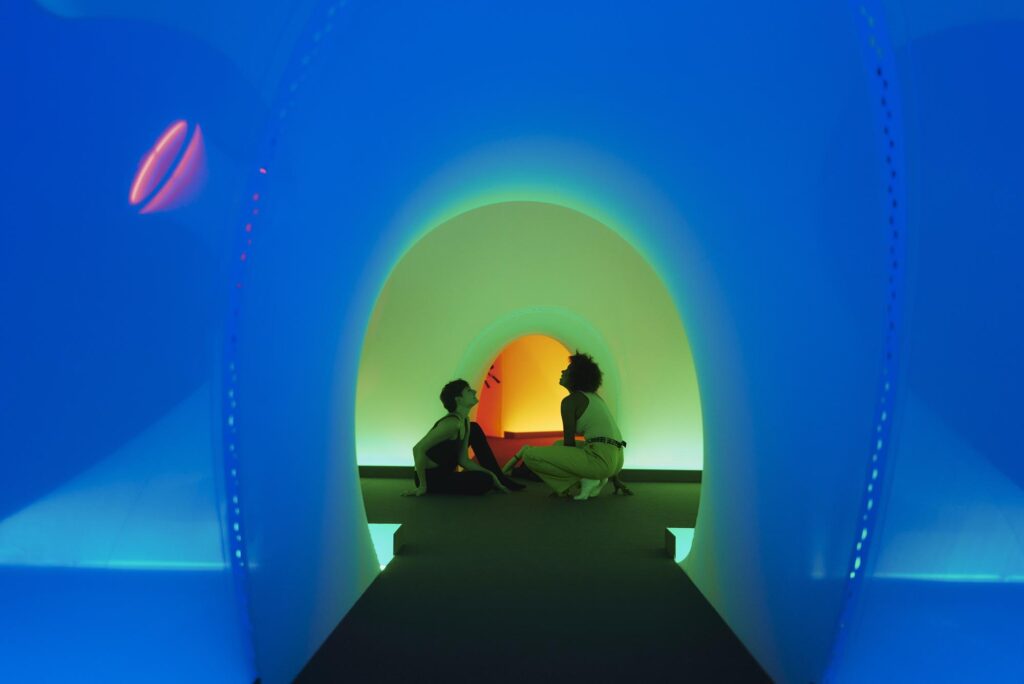
AMBIENTI 1956 – 2010. Environments by Women Artists II, curated by Andrea Lissoni, Marina Pugliese, Francesco Stocchi is an exhibition developed by the MAXXI and by the Haus der Kunst in Munich. It is the first major exhibition of 2024 at the MAXXI, chaired by Alessandro Giuli, in Francesco Stocchi’s first year as Artistic Director.
Practical info
«AMBIENTI 1956 – 2010. Environments by Women Artists II»
April 10 – October 20, 2024
MAXXI – National Museum of 21st Century Art
Via Guido Reni, 4a, Roma RM
Italy
It represents the next chapter of Inside Other Spaces: Environments by Women Artists 1956–1976, a project conceived by the Haus der Kunst in 2023, which highlighted the fundamental contribution of women to the history of what is perhaps one of the least explored forms of artistic expression.
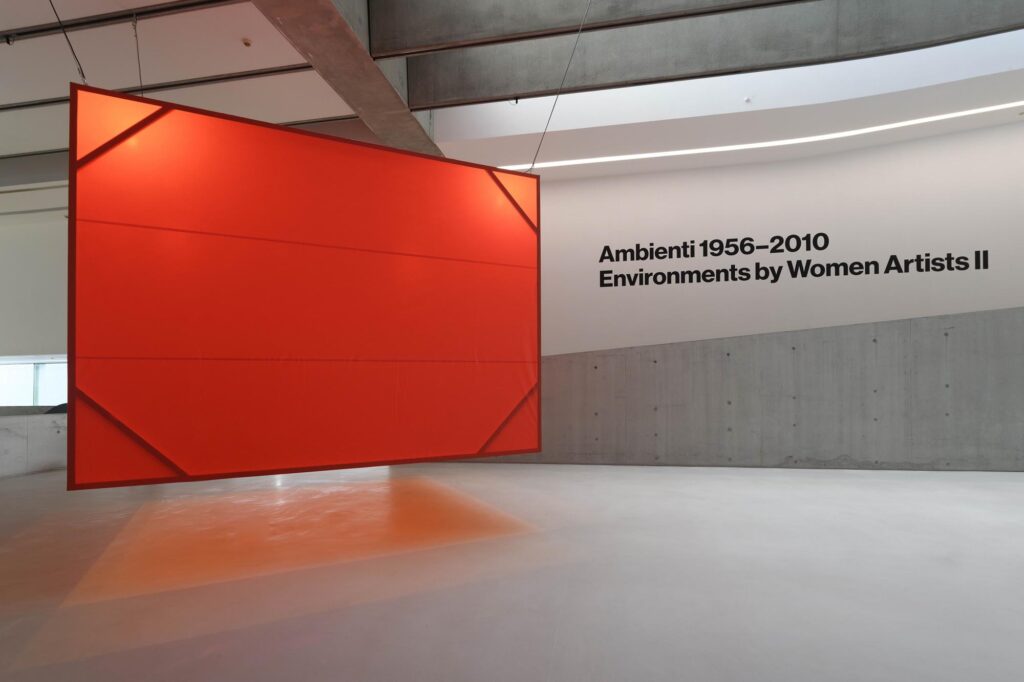
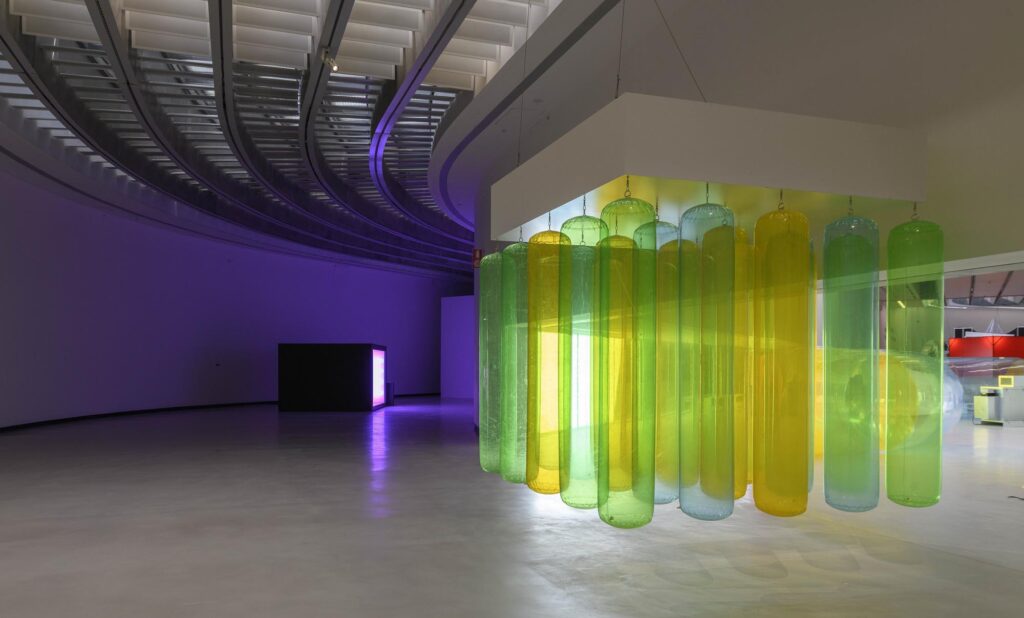
The exhibition at the MAXXI continues the research of the German museum and expands its original timeline (1956 – 1976), extending it to 2010, the year of completion of the Museum’s architecture designed by Zaha Hadid.
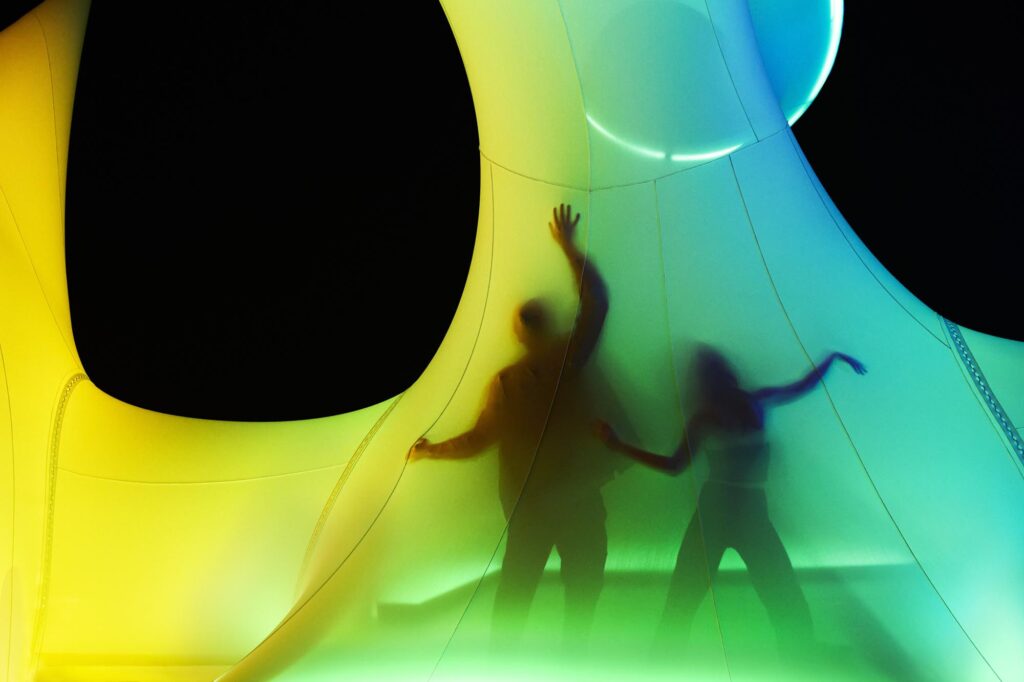

In this second chapter, Judy Chicago, Lygia Clark, Laura Grisi, Aleksandra Kasuba, Léa Lublin, Marta Minujín, Tania Mouraud, Nanda Vigo and Tsuruko Yamazaki are joined by Micol Assaël, Monica Bonvicini, Zaha Hadid, Kimsooja, Christina Kubisch, Nalini Malani, Pipilotti Rist, Martha Rosler and Esther Stocker.


Welcoming the visitor in Piazza Alighiero Boetti is Monica Bonvicini’s artwork Don’t Miss a Sec, which invites the audience to reflect on the boundary between public and private. To the left the MAXXI, designed by Zaha Hadid, is effectively part of the exhibition project as both an envelope and an environment.
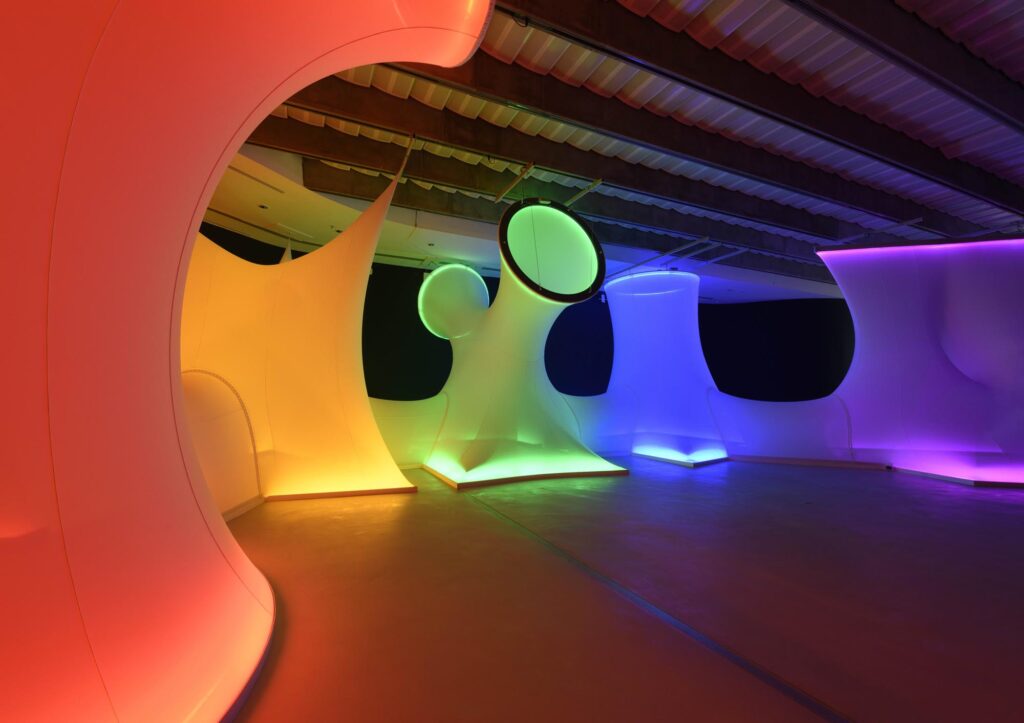
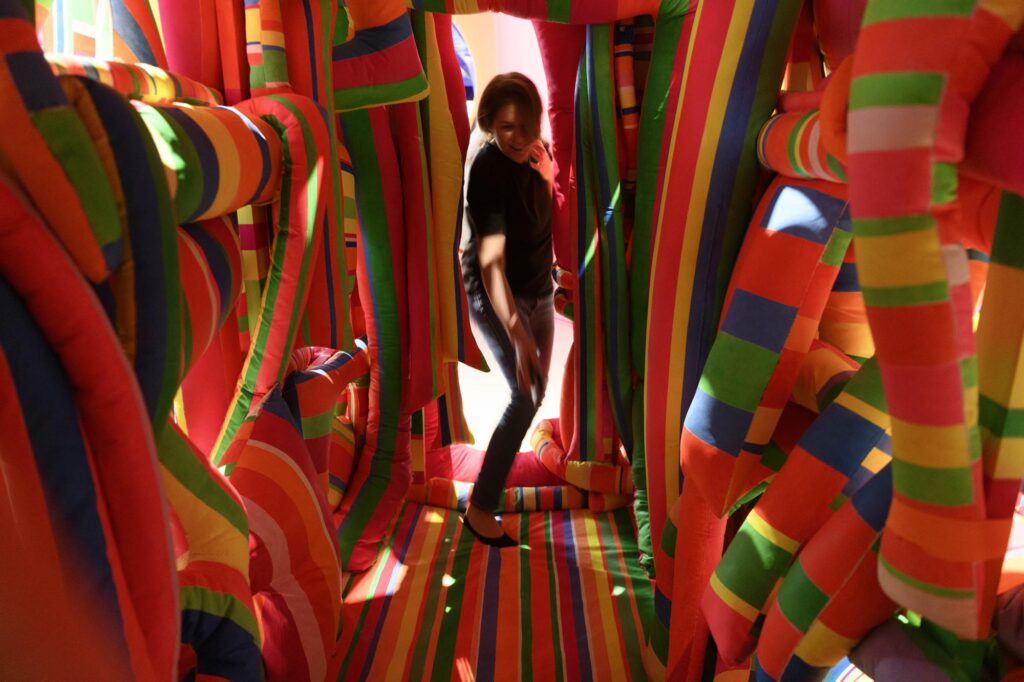
There are several possible entrances to the exhibition, which occupies the entire first floor of the museum. he first is the staircase rising from the hall, directing the gaze towards the succession of environmental works. We start with Tsuruko Yamazaki’s artwork Red (Forma di una zanzariera), consisting of a suspended red vinyl tent reminiscent of traditional mosquito nets used in Japan. On the following terrace, Martha Rosler’s work, If You Lived Here…, highlights urgent social issues such as housing emergencies.

